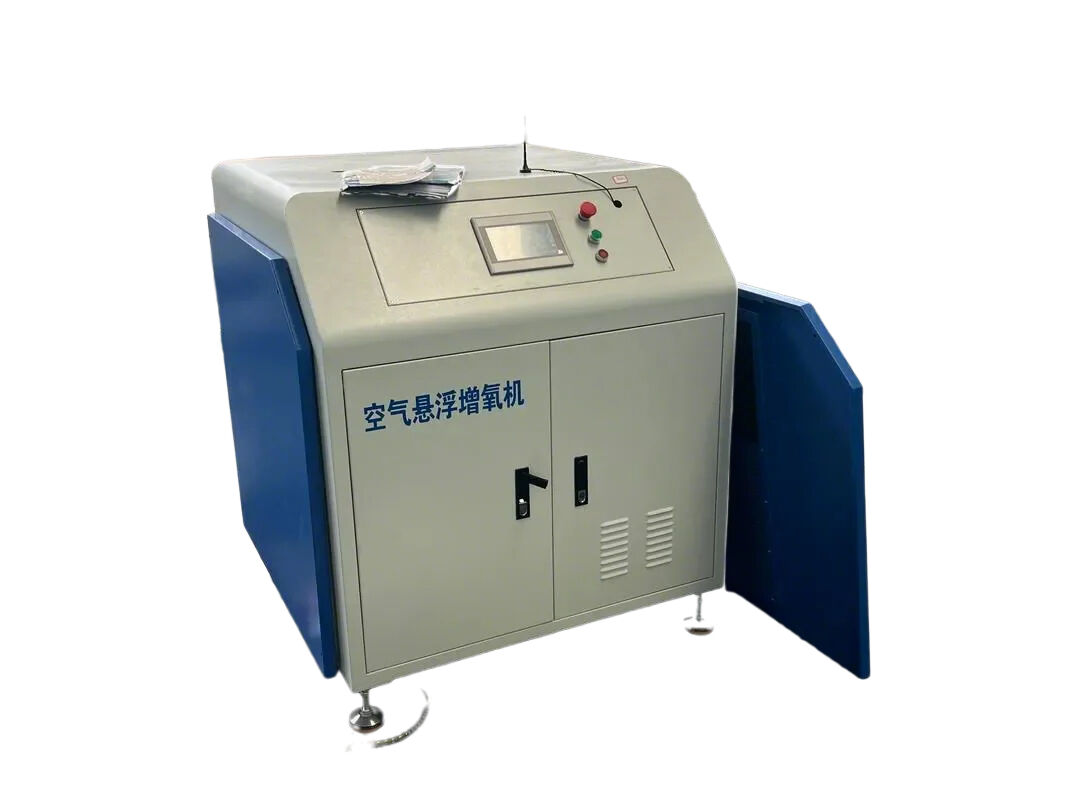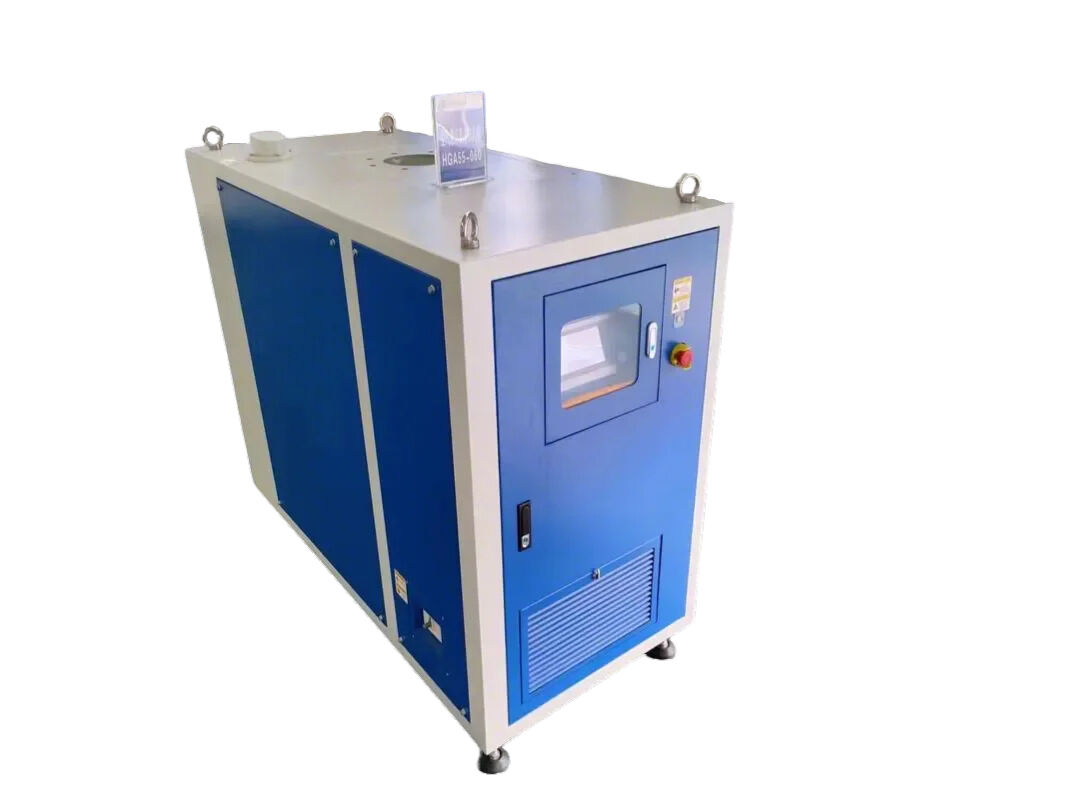産業用マテリアルトランスファーのための現代的ソリューション
今日の急速に進化する産業環境において、企業は効率の最適化、コスト削減、そして最高品質の製品を維持する上で常にプレッシャーにさらされています。生産プロセスの中で特に重要であるにもかかわらず見過ごされがちな要素の一つが、材料の搬送方法です。それが粉末、穀物、化学薬品、あるいは医薬原料であっても、材料を移動させる方法は、作業効率だけでなく製品の品質や職場の安全性にも影響を与える可能性があります。一般的な搬送機器であるスクリューコンベヤーやベルトコンベヤー、バケットエレベーターなどは有用ですが、それにも限界があります。それらは頻繁なメンテナンスを必要とし、設置スペースを多く占め、また敏感な素材の汚染や劣化を引き起こす場合もあります。 製品 .
どこにいるか 気力輸送システム が導入されています。これらのシステムは、密閉されたパイプライン内を通る制御された空気またはガスの流れを利用し、現代的で清潔かつ信頼性の高いソリューションを提供します。機械式システムの非効率性の多くを解消し、産業界に自動化、衛生、持続可能性の現代的要求に応える技術を提供しています。食品加工から製薬業界に至るまでさまざまな業界が 気力輸送システム を積極的に採用していることから、それらが現代のマテリアルハンドリング戦略の基盤になりつつあることが明らかです。
空気輸送システムの利点
材料の移動における効率の向上
空気輸送システムの主な利点は、大量の材料を迅速に、しかも最小限の人手で搬送できることにあります。材料を長距離にわたり、複雑な工場レイアウトの中でも複数の中継点を必要とすることなく輸送することが可能になります。これによりダウンタイムを削減し、ボトルネックを排除し、生産の連続運転を可能にします。これは、タイミングと生産量が直接利益に影響を与える業界において特に重要です。
製品損失と汚染の削減
食品や医薬品などの業界では、製品の汚染が甚大な金銭的損失や安全上の危険さえも引き起こす可能性があります。空気輸送システムは、材料をパイプライン内で密閉して輸送することでこうしたリスクを低減します。これにより、粉塵や異物、環境中の汚染物質がプロセスに影響を与えることを防ぎます。さらに、密閉された輸送方式は、オープンタイプの機械的搬送システムでよく見られる製品損失も最小限に抑えることができます。
さまざまな材料の取り扱いにおける柔軟性
もう一つの利点は、流体輸送システムの適応性です。もろい顆粒、研磨性のある粉末、あるいは軽量な原料を取り扱う場合でも、これらのシステムはそれぞれの素材に応じた特定の要件に合わせてカスタマイズ可能です。このため、多様な製品ラインを取り扱う業界や季節による素材変化がある業界において最適な選択肢となります。

流体輸送システムの主要構成要素
空気供給と圧力制御
流体輸送システムの中心となるのは空気供給装置です。コンプレッサーやブロワーが必要な空気流量を供給し、レギュレーターが運転中の圧力を一定に保ちます。設計のしっかりした圧力制御システムにより、材料が詰まったり配管に過度な摩耗が生じることなく、スムーズに搬送されます。
配管とバルブ
配管の設計はシステム効率に大きく影響します。配管は摩耗性のある物質に耐えるほどの耐久性を備えており、圧力変動にも耐えられる必要があります。システムに統合されたバルブにより、オペレーターは物質の流れを高精度で制御できます。適切に設計されたバルブシステムは、物質を異なる処理ラインに切り替えることも可能にし、作業の柔軟性を高めます。
フィーダーおよび排出装置
フィーダーは、物質が制御された速度で搬送ライン内に供給されるようにします。これにより詰まりを防止します。一方、排出装置は物質を目的の場所へ正確に搬出します。これらの装置が協働することで、空気搬送システム全体のバランスと円滑な運転を維持します。
空気搬送システムの種類
希薄相搬送
希薄相搬送では、材料が高速の空気流中に浮遊してパイプラインを通じて輸送されます。この方法は、小麦粉、プラスチックペレット、穀物などの軽量で非研磨性の製品に適しています。その柔軟性から、これは空気輸送システムの中で最も広く使用されている方式の一つです。
密相搬送
一方、密相搬送は、材料をより遅い速度かつ高圧下で搬送します。材料はプラグ状の形態で輸送されるため、粒子の劣化を最小限に抑え、パイプラインの摩耗も低減します。このシステムは、セメント、砂糖の結晶、医薬用粉末などの脆いまたは研磨性のある製品を扱う産業でよく使用されます。
正圧式 vs. 真空式
加圧式システムはパイプライン内に材料を押し進めるため、長距離の移送に最適です。一方、真空式システムは材料を搬送ライン内に引き込み、複数の取入口から材料を扱う場合に特に有効です。多くの業界では、それぞれのニーズに応じて両方のシステムを組み合わせて使用しています。
空気輸送システムの応用
食品・飲料業界
食品業界においては、衛生面と効率性が最も重要です。空気輸送システムは、小麦粉や砂糖からココアパウダーやコーヒー豆まで、あらゆるものを取り扱います。密閉式の設計により、食品安全基準を遵守しつつ、汚染のリスクを最小限に抑えることができます。
医薬品・化学工業
医薬品においては、ほんのわずかな汚染によってもロットが使用不能になる可能性があります。空気輸送システム(Pneumatic Conveying Systems)は、有効成分や粉末を安全に移送するために必要な制御環境を提供します。化学産業においても、危険物質の取り扱いに依存しており、作業員の安全と製品の一貫性を確保しています。
プラスチックおよび製造業界
プラスチックペレットや樹脂は製造工程において不可欠です。空気輸送システム(Pneumatic Conveying Systems)により、サイロから生産ラインまでこれらの材料を効率的に移動させ、円滑な運転を実現します。また、粉塵の発生しない移送により、環境汚染を防ぎ、職場の清潔さを維持します。
空気輸送システムの運用上の利点
スペース節約デザイン
機械式コンベヤーは多くの設置スペースを必要とし、近代的でコンパクトな施設にスムーズに統合できない場合があります。一方、空気輸送システム(Pneumatic Conveying Systems)は既存の設備を迂回して配管可能であるため、貴重な床面積を節約し、施設設計をより柔軟にすることが可能です。
職場 の 安全 を 改善 する
手作業による取り扱いを最小限に抑え、材料をパイプライン内で封じ込めるため、空気輸送システムは職場の安全性を高めます。これにより、作業員が粉塵や有害粒子、身体的な負担にさらされることが少なくなり、事故や長期的な健康問題のリスクを軽減できます。
一貫性 と 信頼性
自動化と正確な制御により、材料の流れを一貫して安定させることで、機械式システムによく見られるばらつきを軽減します。この信頼性は、製品品質の一貫性が絶対的に必要な業界において特に重要です。
空気輸送システムの設置およびメンテナンス
最大の効率のための適切な設置
空気輸送システムの設置には綿密な計画が必要です。エンジニアは、材料の特性、パイプラインの長さ、空気流の動態などを考慮し、最適な性能を確保する必要があります。設計が不十分なシステムは、詰まりやエネルギー効率の悪化、運転コストの増加を引き起こす可能性があります。
定期的なメンテナンスと点検
機械式システムと比較してメンテナンスが少ないにもかかわらず、空気輸送システムには定期的な点検が必要です。エアフィルターやパイプライン継手、バルブの点検により、高価な停止事故につながる前の摩耗を検出できます。予防保全により長期的な信頼性とコスト削減が確保されます。
アップグレードと近代化
技術の進歩に伴い、古いシステムはスマート制御、エネルギー効率の高い送風機および改良されたパイプライン素材でアップグレードできます。これらのアップグレードにより性能が向上し、既存設備の寿命を延ばすことで、企業が競争力を維持するための費用対効果の高い方法を提供します。
経済的および環境への影響
コスト効率の高い資材取り扱い
空気輸送システムの初期費用は高額な場合がありますが、投資収益は非常に大きいものです。製品ロスの削減、労働力要件の低減および停止時間の最小化により、時間の経過とともに大幅なコスト削減が実現されます。
環境に優しい性能
粉塵を封じ込め、材料のこぼれを防ぐことにより、空気輸送システムは環境汚染を削減します。エネルギー効率の良い設計は、持続可能性目標に整合し、産業界が高性能を維持しながらカーボンフットプリントを削減するのを支援します。
空気輸送システムの将来トレンド
自動化との統合
産業がIndustry 4.0を採用するに伴い、空気輸送システムは自動制御と統合されつつあります。リアルタイムでの監視、データ分析、予知保全により、企業は性能を最適化し、予期せぬ故障を削減することが可能になります。
エネルギー効率の進歩
新設計は、空気の流れを最適化し、コンプレッサー効率を向上させることでエネルギー消費を削減することを目指しています。これらの進化により、運用コストを削減するだけでなく、持続可能な産業活動に向けた世界的な取り組みも支援します。
特殊用途へのカスタマイズ
今後の発展は、特定の業界や素材に合わせて設計された、高度にカスタマイズされた空気輸送システムに焦点を当てる可能性があります。超微細な医薬品粉末の取り扱いからバルク鉱物に至るまで、カスタマイズにより最大の効率性と安全性を確保します。
よくある質問
空気輸送システムは職場の安全性をどのように向上させますか
空気輸送システムは手作業による取り扱いを削減し、粉塵への暴露を排除することで、従業員にとってより安全な作業環境を提供します。
どの業界が空気輸送システムの恩恵を最も受けることができますか
食品、医薬品、化学、プラスチック、製造業界は、清潔で効率的かつ粉塵の発生しない素材取り扱いを必要とするため、最も恩恵を受けます。
空気輸送システムはもろい素材に適していますか
はい、密相輸送によりもろいまたは研磨性のある素材を丁寧に取り扱うことができ、劣化や製品損失を防ぎます。
空気輸送システムは高頻度のメンテナンスを必要としますか
機械式コンベヤと比較して、空気輸送システムはメンテナンスが少なくて済みます。定期点検と予防保全により、コスト効果が高く信頼性のある運用が維持されます。

